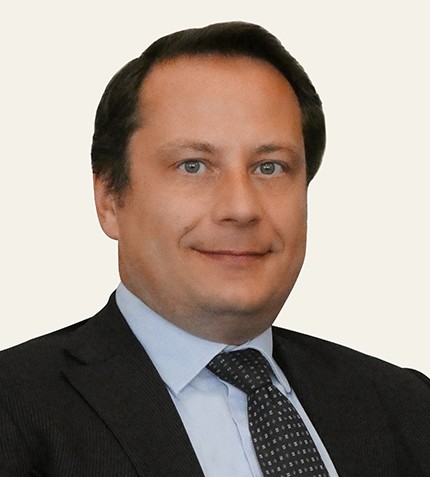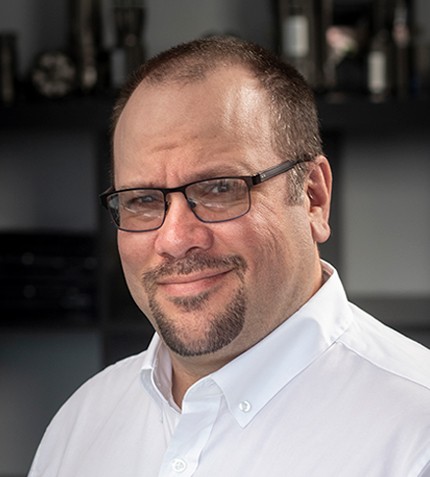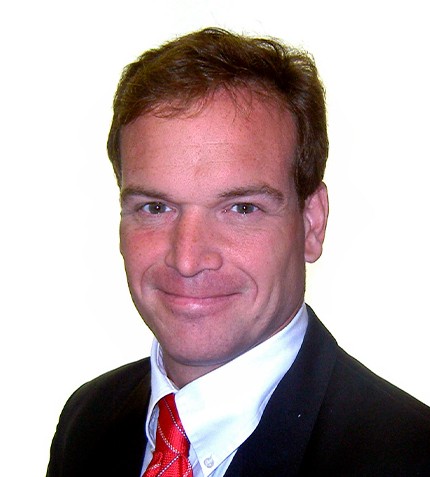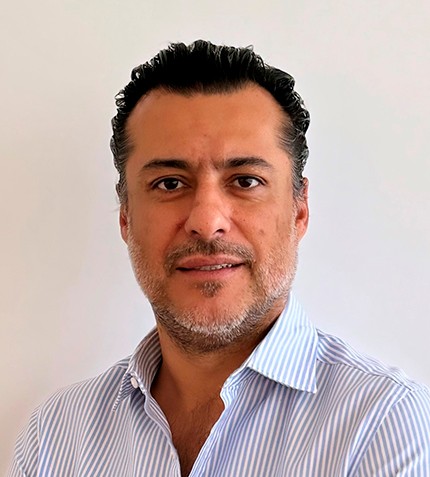
"Traditionally, the pharma industry used to separate the API and CDMO businesses, but I believe there is a case for innovating around an integrated model and leveraging on the synergies created."
Paolo Tubertini
CEO, OLON
Olon tracks its roots to 1907, but it was 10 years ago that the company was integrated as Olon Spa. Could you share the latest developments?
When I joined Olon at the beginning of the 2000s, Olon’s primary vision was to become a leader in the production of APIs and intermediates. Once we began to see this vision realized, we started looking at the bigger picture – our role in society and the company’s long-term future. This introspection led to a re-established mission for the company, redefining our role around two pillars: challenging and innovating the way we deliver science, and improving the lives of people. Today, we are one of the largest European suppliers of APIs for both the generic and CDMO markets. We are very active in high potency drugs such as cytotoxic substances, as well as antineoplastic compounds, immunosuppressive agents, hormones, antibiotics, and controlled substances. We have 11 manufacturing plants, eight of which are in Italy, one in Spain, one in the US, and one in India.
Olon made a couple of acquisitions in recent years, expanding its footprint in the US and India as well as in biotech technologies. Could you share the strategy behind these acquisitions?
Over the last few years, we have been investing heavily in both organic and inorganic growth. We acquired Infa Group back in 2016, doubling our generics line. Later in 2017, we acquired the Olon Ricerca Biosciences, a centre fully dedicated to R&D that is based in Ohio. It offers world-class contract research and manufacturing services and a broad array of capabilities with an integrated approach to chemical development. In 2018, Olon acquired Italy-based Capua BioServices, a CDMO company highly specialised in microbial manufacturing. Capua BioServices, based in Italy, expanded our capabilities in this technology and allowed us to take our offer to the food industry. Finally, we made a strategic acquisition in India to expand our integrated portfolio, services and technology platforms.
How does Olon leverage the dual model of API and CDMO supplier?
Traditionally, the pharma industry used to separate the API and CDMO businesses, but I believe there is a case for innovating around an integrated model and leveraging on the synergies created. For instance, we can translate our generics expertise in regulatory matters into the CDMO business. With 350 compounds sold worldwide, Olon has a deep knowledge of global regulations, which we want to inoculate across the structure of the organization, adding value to the CDMO business.
Reversely, we found an opportunity to borrow from the strengths of the CDMO business when it comes to equipment usage. CDMOs are strictly engaged with order agreements from a single customer, which often leads to the under-utilization of an asset. At Olon, we fill the remaining capacity with generic compounds, based on stock levels. In this way, we optimize asset use without compromising service availability to customers. Finally, Olon not only take the partner through the entire journey but is also able to share the responsibility of a product’s performance as part of a contract with transparency. In conclusion, we have the capability to play a crucial role in reaching the final success of the development process.
What do you think is Italy’s competitive advantage as an outsourcing destination for CMDO?
Italy is a leading producer in Europe and the pharma sector accounts for around €33 billion per year, a commensurate figure for a country of our size. Italy offers a rich ecosystem of universities, services, machinery producers, research technicians, analytical labs, all in proximity.
How has Olon contributed to the fight against the pandemic?
We are working as part of five different programs for the development of antiviral drugs. Since the pandemic, we have prioritized imminent health needs and we were able to coordinate with our partners to boost production for some product lines at the detriment of others: When one partner interested in an innovative antiviral API drugs, for instance, asked us to ramp up production at our Rodano site, our other customers showed tremendous understanding and supported us, knowing they can trust us for recouping the volumes when the emergency had passed. Meanwhile, they relied on stock supplies. The industry’s synchronic mobilization is an example of global collaboration and solidarity.
What is Olon’s current innovation focus?
At Olon, we first look at innovation in terms of innovating the way we make things - our production processes, technologies and market strategies. Within this wider program of innovation, we also see innovation as investing in new technologies, such as flow chemistry, enzymatic production and high potency drugs – a landmark space for Olon, where we have been present for 50 years. Personalized and precision medicine will require smaller drugs and therefore, smaller reactors, which will inadvertently increase prices, so we keep abreast of these developments. In 2021, we foresee a total capital investment of €65 million, which is roughly 12% of our sales.
Olon set out to reduce CO2, GHG, and water consumption by 50% between 2015 and 2025. Could you finalize with a few words on the company’s understanding of sustainable growth?
Because we set these targets early on, we are on track to meet them in the next few years. I believe it is important to let our stakeholders know of our commitments to the community and climate. We are constantly committed to reduce the impact on the environment where we operate and to promote a more sustainable API manufacturing approach. We have very aspiring targets to reduce consumption of water and energy, to decrease wastes and carbon dioxide emissions.










